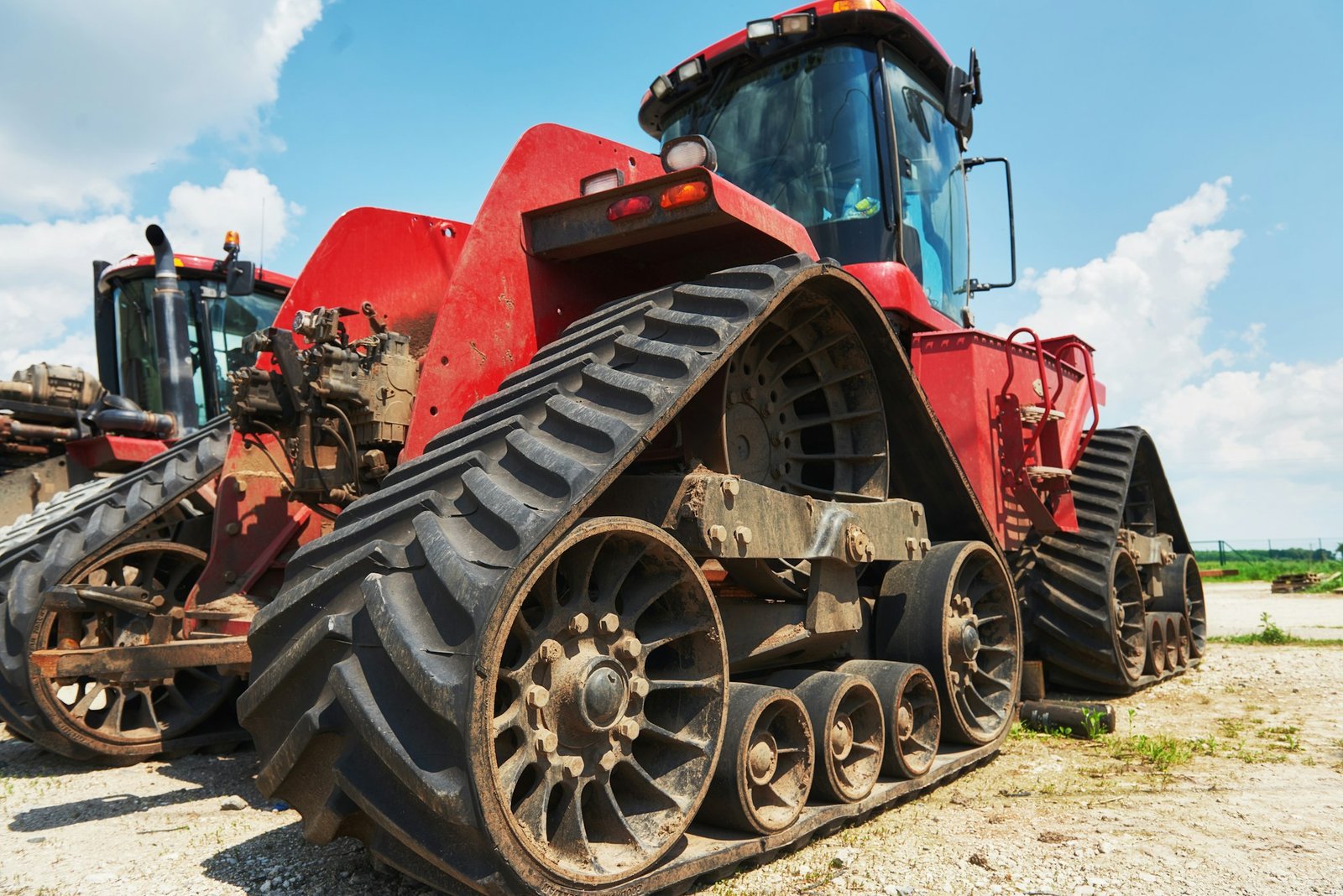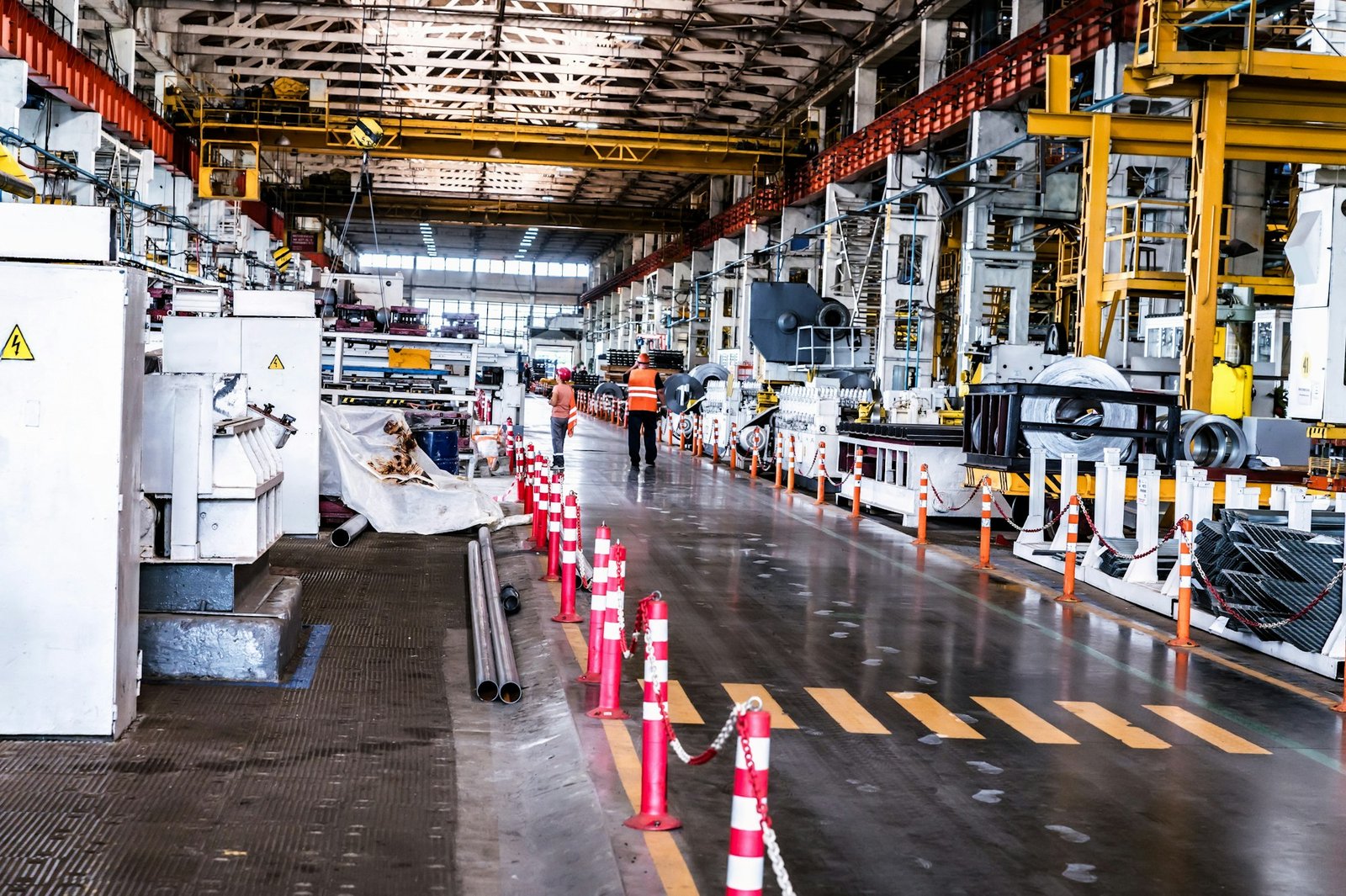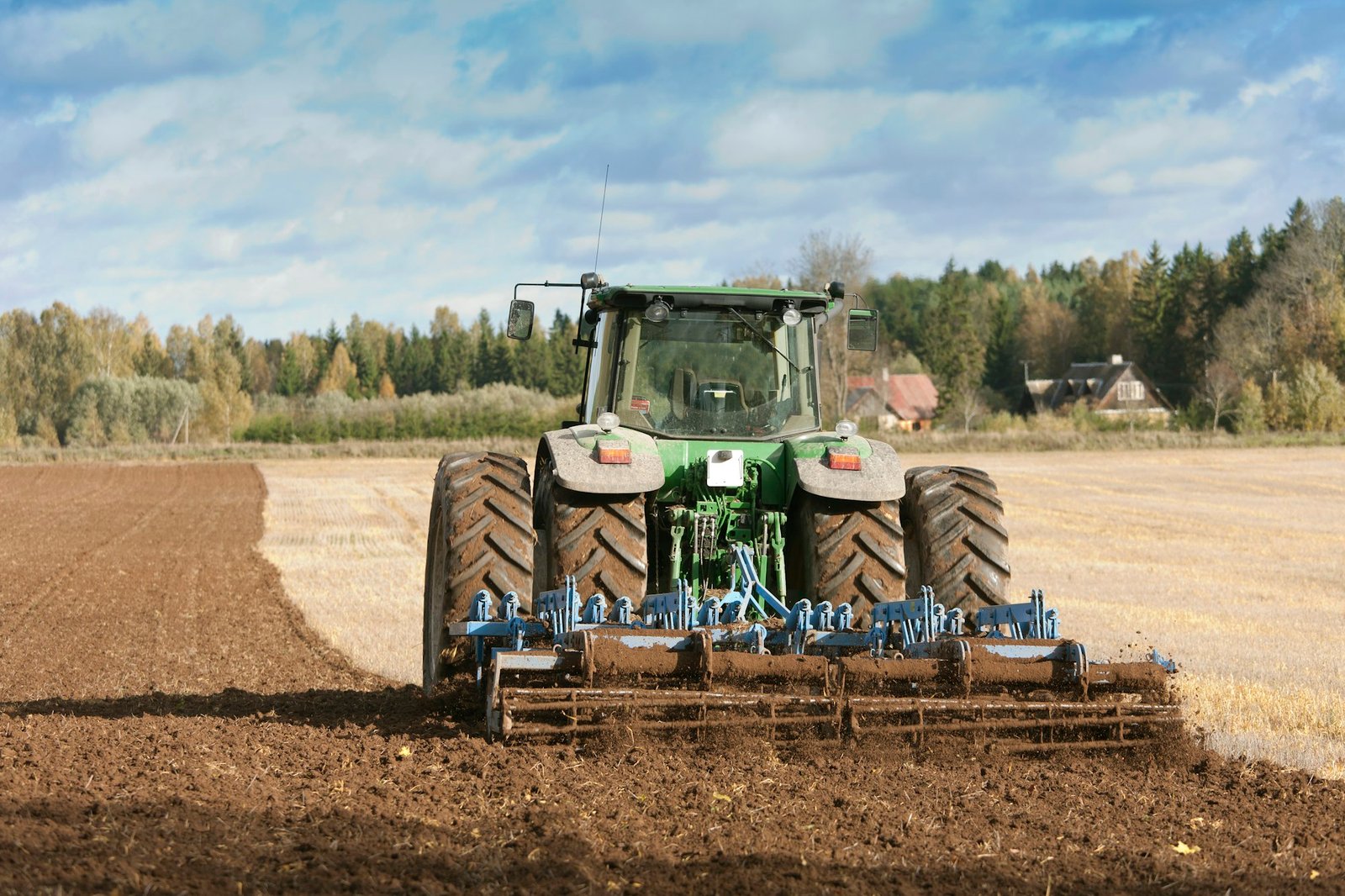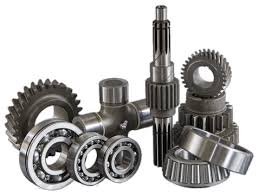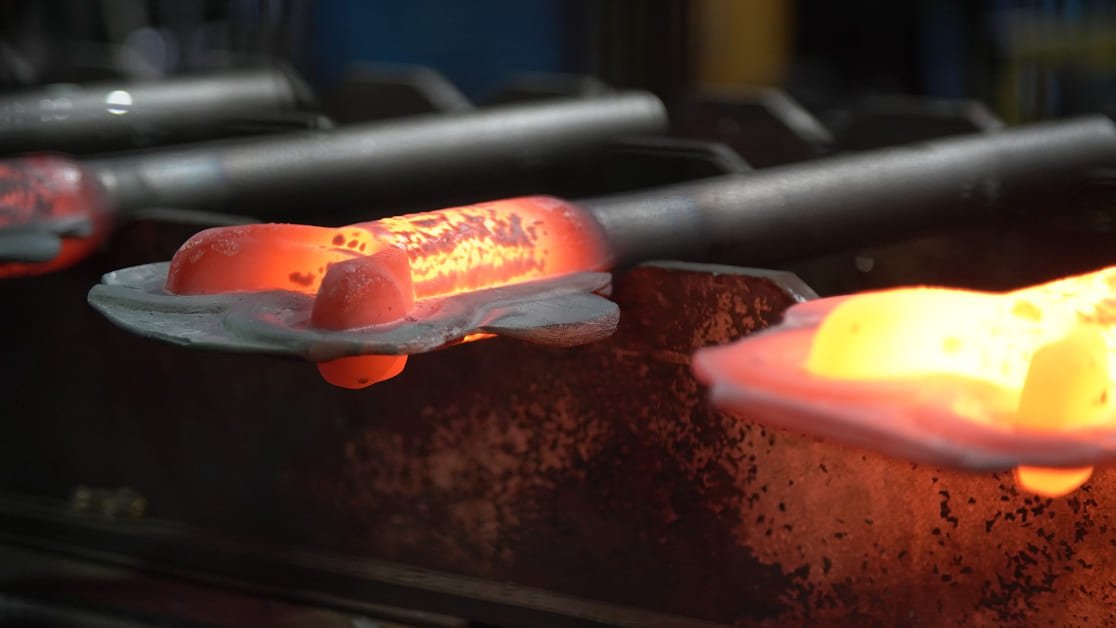In the world of procurement, one of the perennial dilemmas faced by professionals is the trade-off between quality and price.
This debate is particularly pertinent in industries like agriculture, where the reliability and durability of machinery are paramount for operational success.
In this article, we delve into the intricacies of this dilemma, offering insights on how to strike the perfect balance between quality and cost when purchasing tractor parts.
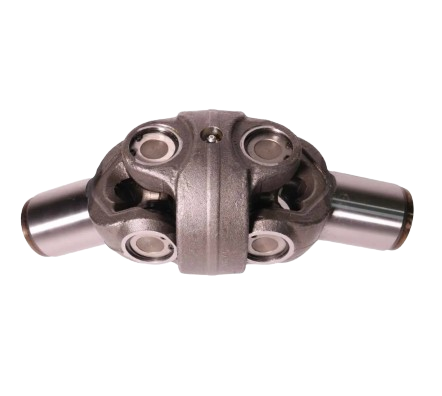
Understanding the Dilemma
Q: Why is there a perpetual dilemma between quality and price when sourcing tractor parts?
A: The dilemma arises from the fundamental desire to optimize expenditure without compromising on performance.
While opting for lower-priced parts may seem financially prudent in the short term, the potential risks associated with inferior quality, such as frequent breakdowns and reduced efficiency, can outweigh the initial cost savings in the long run.
Q: What are the consequences of prioritizing price over quality?
A: Prioritizing price over quality can lead to a myriad of challenges, including increased downtime due to part failures, higher maintenance costs, and compromised safety standards.
Moreover, subpar parts may fail to meet the rigorous demands of modern agricultural practices, ultimately hindering productivity and profitability.
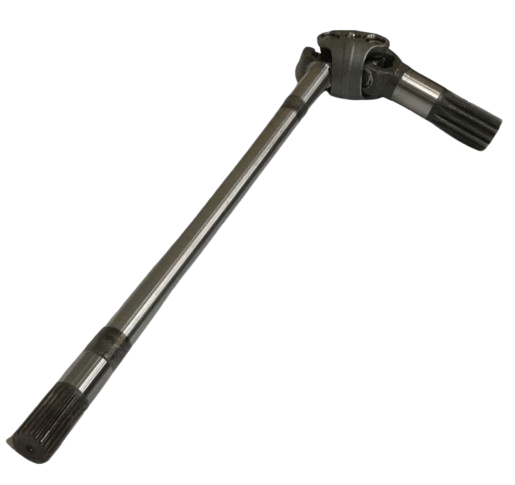
Striking the Balance
Q: How can procurement professionals strike the perfect balance between quality and price when sourcing tractor parts?
A: Achieving the optimal balance requires a comprehensive approach that considers various factors, including:
1. Total Cost of Ownership (TCO): Rather than solely focusing on the upfront cost of parts, it is essential to assess the total cost of ownership over the entire lifecycle of the equipment.
This includes factors such as maintenance expenses, downtime, and potential productivity losses associated with inferior parts.
2. Quality Assurance: Partnering with reputable suppliers who adhere to stringent quality standards is crucial for ensuring the reliability and performance of tractor parts.
Look for suppliers that offer certifications and warranties to guarantee the quality of their products.
3. Technical Expertise: Procurement professionals should possess a deep understanding of the technical specifications and requirements of tractor parts.
This enables them to make informed decisions based on factors such as compatibility, durability, and performance.
4. Negotiation Strategies: Engaging in strategic negotiations with suppliers can help unlock cost-saving opportunities without compromising on quality.
Explore options such as volume discounts, long-term contracts, and value-added services to optimize procurement expenditure.
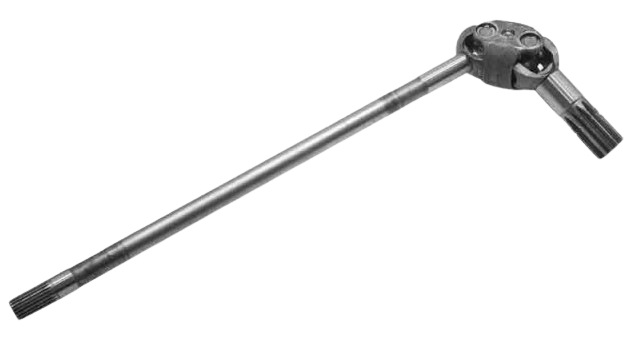
Long-Term Benefits of Investing in Quality
Q: What are the long-term benefits of investing in high-quality tractor parts?
A: Investing in high-quality tractor parts yields a multitude of long-term benefits, including:
1. Enhanced Performance: Quality parts are designed to withstand the rigors of agricultural operations, ensuring consistent performance and reliability under demanding conditions.
This translates to increased uptime, improved productivity, and enhanced operational efficiency.
2. Reduced Maintenance Costs: High-quality parts are less prone to premature wear and failure, resulting in lower maintenance costs and reduced downtime.
By minimizing the need for frequent repairs and replacements, procurement professionals can realize substantial savings over time.
3. Extended Equipment Lifespan: Quality parts contribute to the longevity of agricultural machinery, prolonging their operational lifespan and maximizing return on investment.
This not only preserves capital expenditure but also minimizes the environmental impact associated with premature equipment disposal.
4. Mitigated Risks: Inferior parts pose inherent risks to both equipment and personnel, ranging from equipment malfunctions to safety hazards.
Investing in quality parts helps mitigate these risks, safeguarding the integrity of operations and ensuring the safety of agricultural workers.
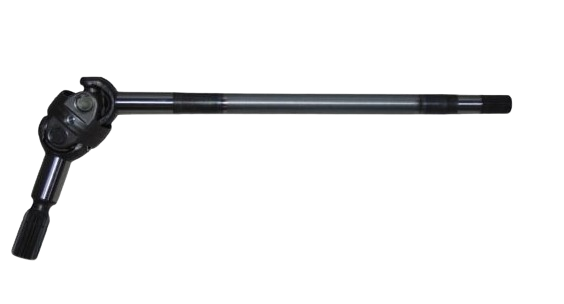
Conclusion
In the realm of tractor parts procurement, the debate between quality and price is a perennial one. However, by adopting a holistic approach that prioritizes long-term value over short-term savings, procurement professionals can navigate this dilemma with confidence. By investing in high-quality tractor parts, organizations can unlock a myriad of benefits, ranging from enhanced performance and reduced maintenance costs to prolonged equipment lifespan and mitigated risks. Ultimately, in the quest for operational excellence, quality should always reign supreme.

